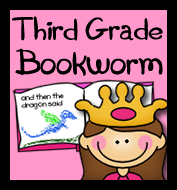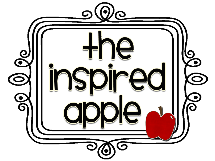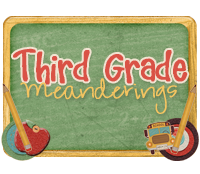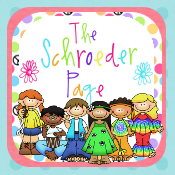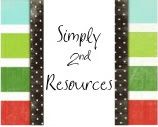Ack! Sorry I have been MIA lately. My internet access has been down ALL week and it has been driving me crazy. One week without internet access really showed me how reliant I am on the world wide web. Anyway, I'm glad to be back online to post on my blog and read all the other awesome posts that I missed earlier this week.
Today, I wanted to share a wonderful pre-writing activity that I like to start the year with, but you could really do this lesson anytime. My goal with my students in writing is that they recognize themselves as writers, that they understand writing is a tool to communicate and express themselves, and that they know that good writers and brave writers always write from the heart.
I always start by reading and discussing The Best Story Ever by Eileen Spinelli.
This follow-up art/writing lesson was adapted from Awakening the Heart by Georgia Heard, another amazing resource for teaching writing.
Students create a heart map. I model my heart map first and talk about using symbols to represent important people, places, and things in my life. I also talk about how not everything in my life is happy, but that there are sad moments, joyful moments, scary moments, etc. All of these are important and part of who I am. Here are some of the heart maps my students created this year.
Here is the wall of heart maps.
Some of the symbols are very obvious, but others you have to ask the kids about. I tell them that they can be compltely honest because only they really know what each symbol means and what's really in their heart. Here, the gray ship represents his mother who is deployed in the army.
Students had the choice to use markers, crayons, colored pencils, etc on their project. This little girl included a locked box on her map to represent her secrets.
I like this one a lot because he decided to divide his heart into the happy moments and the sad moments. Talk about an honest kid. He has two yellow houses on the brown side to represent his parents divorce.
This little girl is an animal lover. She included a few words on her map to add to the concepts, but stuck mostly to symbols. I love her bright border.
This kiddo had a lot of symbols. The blue squiggle lines represent water and her love of swimming.
Students will eventually glue their heart maps into their writers notebook for inspiration throughout the year. If they are having a hard time finding a writing topic, we go back to their heart map. I am always amazed how many kids will take on the challenge to be brave and choose to write about something sad that has happened in their lives. As soon as the writing comes from the heart, it is the best writing I see all year.
































